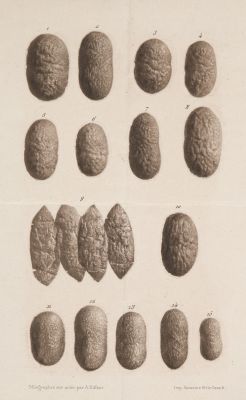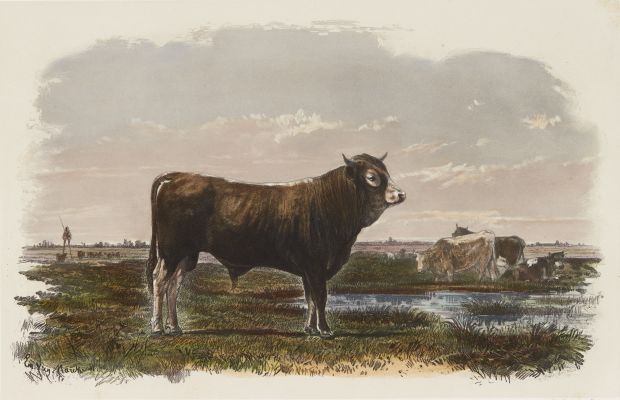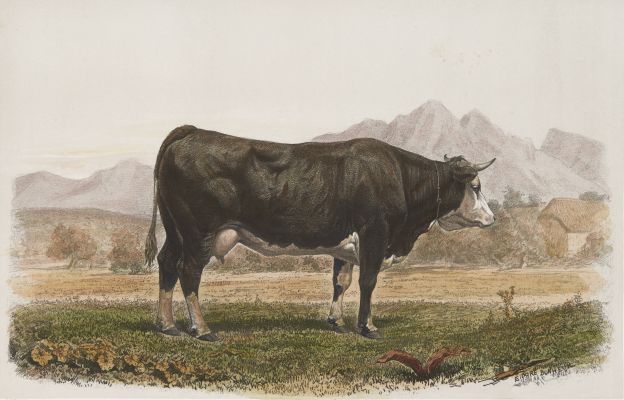
Title
Reptiles. Famille des Varaniens.Artists
Bisson, Louis-Auguste (French, 1814-1876)Bisson, Auguste-Rosalie (French, 1826-1900)Publication
Bulletin De La Société D'encouragement Pour L'industrie NationaleDate
1854Process
Photogravure (heliograph)Atelier
A. RiffautImage Size
23 x 19.6 cm
This publication put photolithography and photogravure next to each other – side by side – during the period when the two processes were competing heavily for the favor of the publishing industry. No 3 has an example of the Le Secq Sundial litho-photograph by Lemercier, Lerebours, Bareswill et Davanne. And No.4. Février 1854 has two examples from Photographie Zoologique (Bisson/Niepce St. Victor) Reptiles and Astrophyton Verrucosum. See note 16 in Naming and framing ‘Nature’ In Photographie Zoologique by Jeff Rosen. p. 291
In 1852 the French Academy of Sciences decided to use photography to illustrate one of its studies examining the rare animals in the collection of the Museum of Natural History. Revealing the immense services that photography could render to science, the first fascicles of Photographie Zoologique Ou Représentation Des Animaux Rares Des Collections Du Muséum D’histoire Naturelle were issued with salted paper prints by the Bisson frères tipped in. However in 1853 the Academy switched to the new photogravure process to give a new application to photography to make available to all the reproductions obtained by this marvelous process, reproductions so faithful that a magnifying glass alone will render perfectly all those qualities which escape the naked eye. The volume is thus the first substantial publication to be illustrated with photogravure as well as the first French scientific work to be illustrated by photography. [1]
Graphic art printers, as well as political economists and industrialists, used their respective trade journals to promote the project as the first practical test for photogravure while officials of the Muséum d’histoire naturelle also promoted Photographie Zoologique as the first institutional attempt to apply the medium of photography to a systematic cataloguing effort. The project therefore occupied more than one seat at the table of new photographic applications. [2]
Photographie Zoologique revealed the immense services that photography could render to science by demonstrating its superiority to drawing offer much more detail and ease of production.
Reproduced / Exhibited
Bulletin De La Société D’encouragement Pour L’industrie Nationale. Paris: La Société, 1854. Volume 53 (53e Année. Deuxiéme Série. No 3 and No 4 1854 ) No. 3. Février 1854 p. 97
References
[1] Daniel, Malcolm, The Beginnings of Photogravure in Nineteenth-Century France, essay is adapted from a paper first presented at a colloquium on photogravure at the Institute for Research in Art / Graphicstudio, University of South Florida, Tampa, March 22-24, 1995.
[2] Rosen, Jeff. Lemercier Et Compagnie: Photolithography and the Industrialization of Print Production in France 1837-1859. Phd dissertation, Northwestern University, 1988



